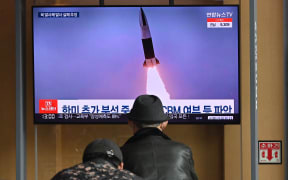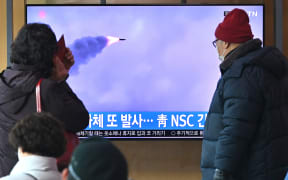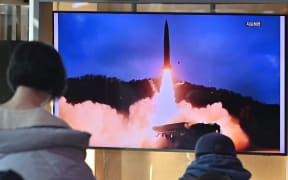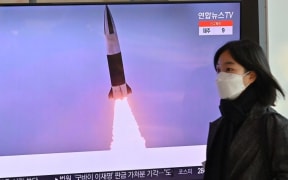North Korea test-fired its massive Hwasong-17 intercontinental ballistic missile (ICBM) for the first time on Thursday, demonstrating the capabilities of a weapon potentially able to deliver a nuclear warhead to anywhere in the United States.
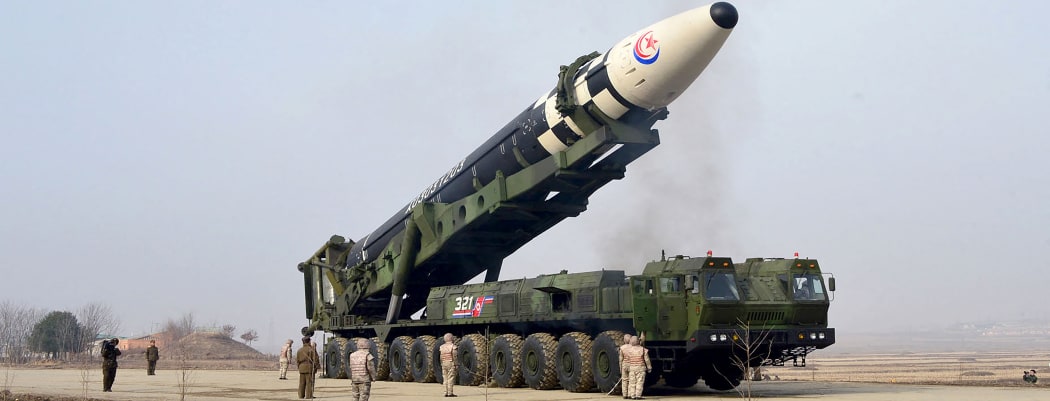
This picture taken on March 24, 2022 and released from Korean Central News Agency on March 25, 2022 shows what state media reports as a new type inter-continental ballistic missile (ICBM), the Hwasongpho-17 in an undisclosed location in North Korea. Photo: various sources / AFP
It came after officials in Seoul and Washington said launches on 27 February and 5 March involved parts of the Hwasong-17 ICBM system, likely in preparation for a full test like the one on Thursday.
Here is what we know the Hwasong-17, which analysts have called a "monster missile":
The Hwasong-17 flew for 67.5 minutes to a range of 1090 km and a maximum altitude of 6248.5 km and precisely hit a target in the sea, state news agency KCNA reported. Those numbers are similar to data reported by Japan and South Korea and are further and longer than North Korea's last ICBM test in 2017, when it launched a Hwasong-15 missile that flew for 53 minutes to an altitude of about 4475 km and range of 950 km.
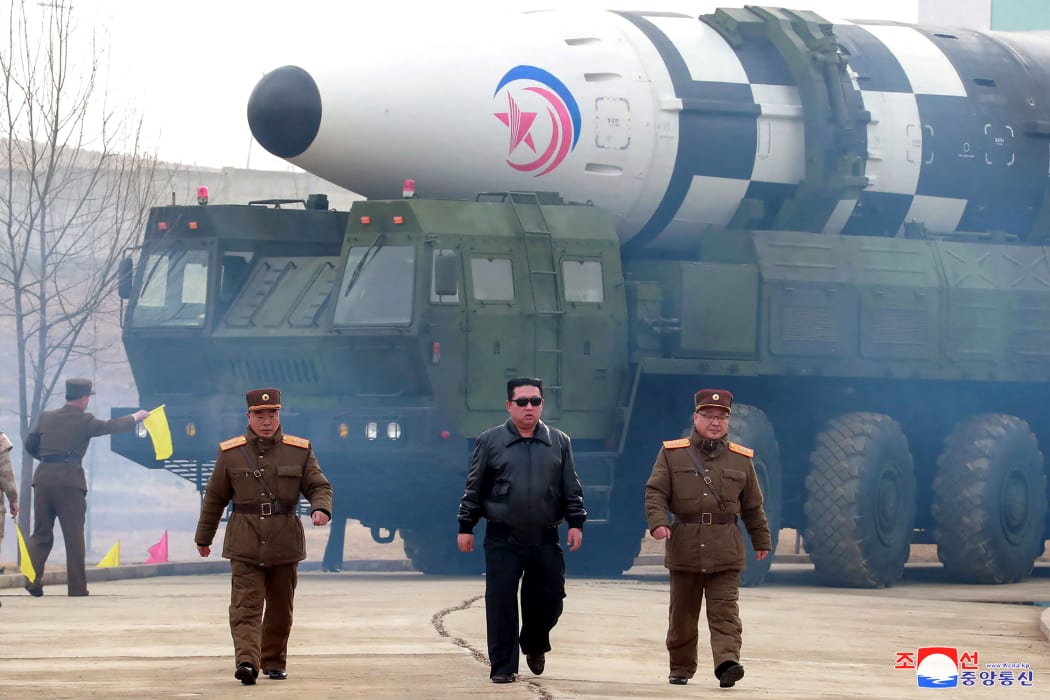
This picture taken on March 24, 2022 and released from Korean Central News Agency on March 25, 2022 shows North Korean leader Kim Jong Un (centre) walking near what state media report says is a new type inter-continental ballistic missile (ICBM), Hwasongpho-17. Photo: Various sources / AFP
Unlike any of North Korea's previous ICBM tests, the Hwasong-17 was launched directly from a transporter, erector, launcher (TEL) vehicle, photos by state media showed. The Hwasong-17, which has been shown on a TEL with 11 axles, is the largest road-mobile, liquid-fuelled ICBM in the world, analysts said.
Its diameter is estimated to be between 2.4 and 2.5 metres, and its total mass, when fully fuelled, is likely somewhere between 80,000 and 110,000kg, according to 38 North, a US-based programme that monitors North Korea.
North Korea first unveiled the previously unseen ICBM at an unprecedented pre-dawn military parade in October 2020, with analysts noting it appeared "considerably larger" than the Hwasong-15.
It was displayed a second time at a defence exhibition in Pyongyang in October 2021. After examining photos of the exhibit, analysts concluded the official designation of this large ICBM is most likely "Hwasong-17", not Hwasong-16.
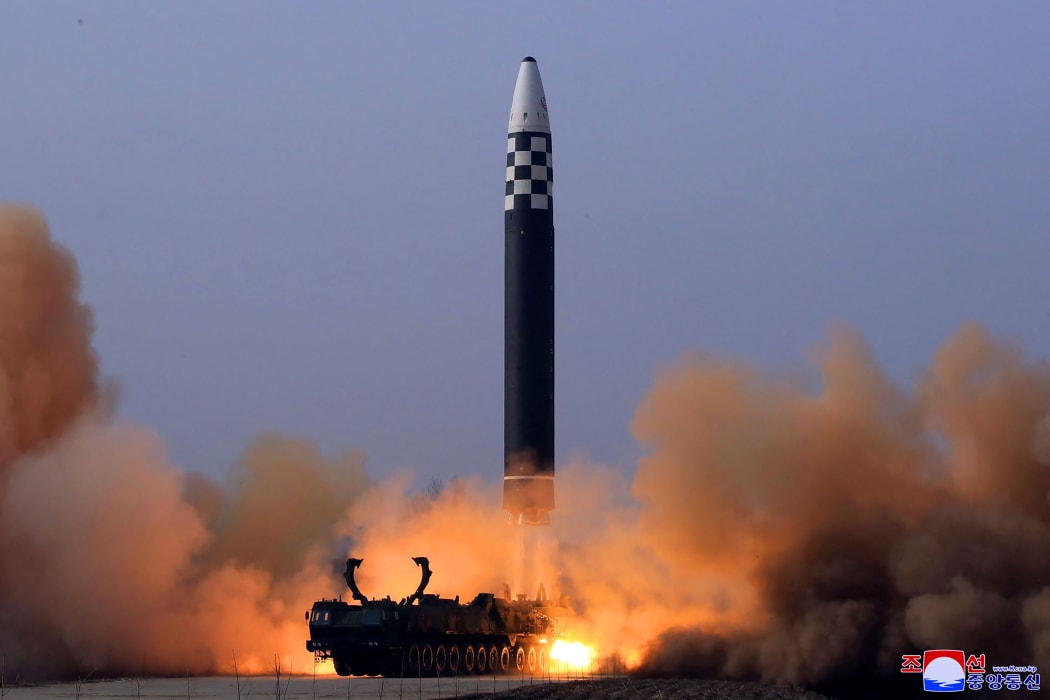
This picture taken on March 24, 2022 and released from Korean Central News Agency on March 25, 2022 shows the test launch of a new type inter-continental ballistic missile (ICBM) Hwasongpho-17 in an undisclosed location in North Korea. Photo: KCNA via KNS / AFP
It is unclear whether the 27 February and 5 March test-fires used all or part of the two-stage missile. Some analysts say the tests may have involved only one stage.
The Hwasong-17's size has prompted analysts to speculate that it will be designed to carry multiple warheads and decoys to better penetrate missile defences.
Some observers said that the satellite technology that North Korea claimed to have tested in the 27 February and 5 March launches could also be used for a multiple independently targetable reentry vehicle (MIRV) system, potentially allowing a single missile to drop nuclear warheads on different targets.
-Reuters
